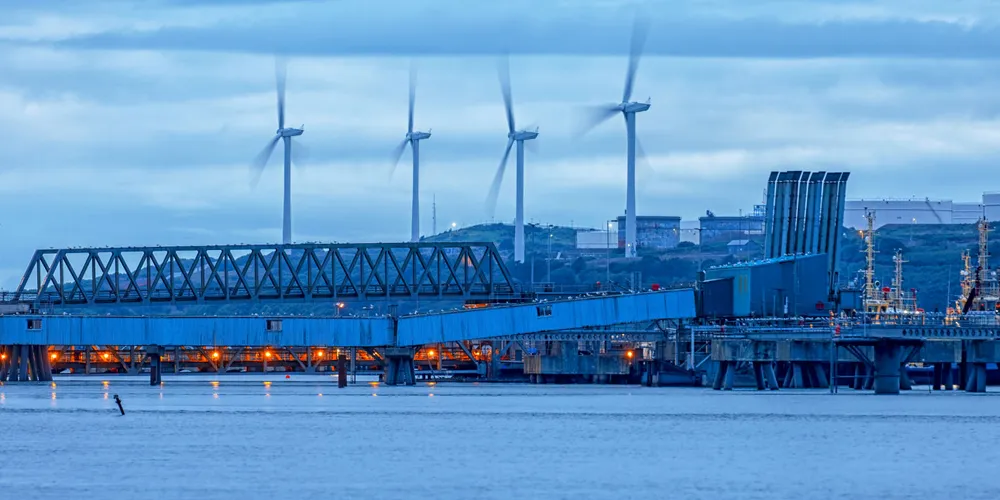RWE scopes out Welsh ports over 'gigawatt-scale' Celtic Sea floating wind
German utility giant signs MoUs with operators over potential production, deployment and O&M facilities for major arrays off western Britain

RWE will work with Welsh port operators on developing infrastructure to support a “gigawatt-scale” floating wind build-out in the Celtic Sea off western Britain, the utility group announced.
The Germany-based global power giant has signed memoranda of understanding (MoUs) with Associated British Ports (ABP) and the Port of Milford Haven over potential manufacture and assembly of floating turbines and foundations, plus O&M support for completed wind farms at Port Talbot and Pembroke Dock.
The German group said floating wind is key to its plans for a Pembroke Net-Zero Centre, which could marry power from turbines with green hydrogen production.
RWE UK country chair Tom Glover said: “For ABP, Milford Haven and RWE, it is clear that there is vast economic potential from offshore wind in Wales; not just in providing a renewable and sustainable energy source, but also protecting and creating skilled jobs and careers and driving fresh investment in the region.”
Andy Jones, CEO for Port of Milford Haven, added: “Maximising the existing skills, industrial and natural assets that surround the Port will ensure Wales realises the full economic benefit of floating wind, providing significant supply chain opportunities, well-paid careers for future generations and a stronger, greener Welsh economy.”
The infrastructure needed to support a large-scale floating build-out is a key concern for the industry, given that west of the UK has seen far less fixed-bottom development than its North Sea coast and given the specific demands of floating wind.